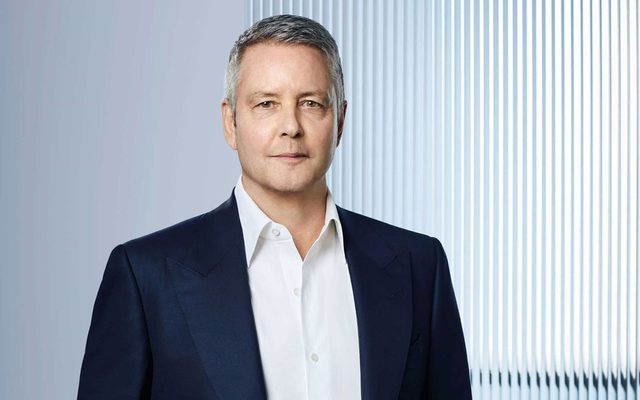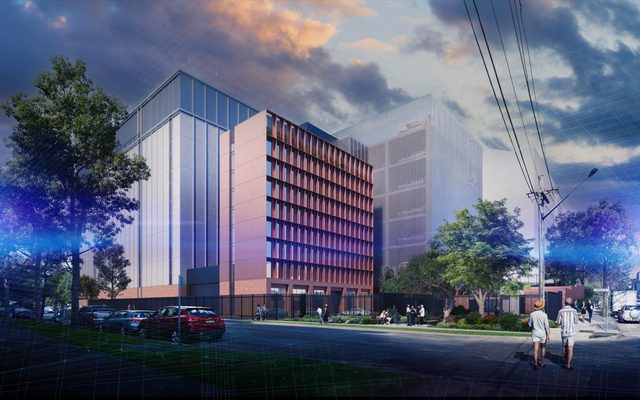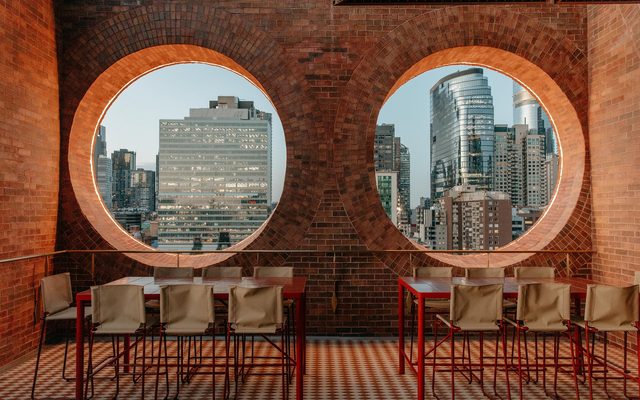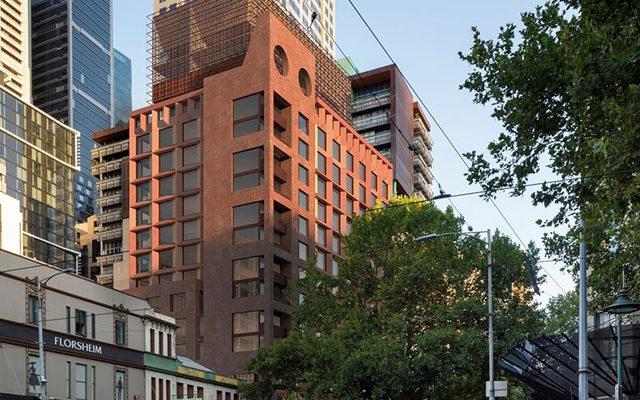This article is from the Australian Property Journal archive
BRISBANE and Adelaide continued to lead house price increases in January, but the slowing rate of growth across the country suggests the peak of the market will arrive this year.
CoreLogic’s latest data shows a national gain of 1.1% to open 2022, led by Brisbane (2.3%) and Adelaide (2.2%), while the major markets showed only modest growth of 0.6% in Sydney and 0.2% in Melbourne, where the median house value passed $1 million for the first time.
Canberra lifted 1.7% and Hobart 1.2%, with smaller gains were seen in Perth and Darwin.
While the national monthly movement was just above the increase seen in December, and the annual increase of 22.4% is the highest rate seen since June 1989 – all capital cities except for Perth and Darwin are at record levels – the quarterly change continued to soften.
Brisbane, benefiting from interstate migration, led quarterly growth at 8.3%, with Adelaide next at 7.4%. Both are seeing low listings and less affordability constraints.
CoreLogic’s research director, Tim Lawless, said housing stock is thinly traded during January and it would be important to monitor the trend as transactional activity picks up.
“As the volume of home sales moves out of seasonal lows, we should get a firmer reading on how 2022 is shaping up,” he said.
“The early indication is that housing markets are starting 2022 with a similar trend to what we saw through late last year. Values are still broadly rising, but nowhere near as fast as they were in early 2021.”
Sydney and Melbourne’s slowdown can be partially explained by a larger deposit hurdle caused by higher housing prices alongside low income growth, along with higher stock levels and weaker demographic trends.
SQM Research data showed property listings fell by 8% in January to 200,865, 24.2% lower than one year earlier, while new listings fell 27.6%. Melbourne (down 11.5%) and Canberra (12.8%) saw the biggest falls over the month. Melbourne has the most listings in the country with 30,770, followed by Sydney (23,136), Perth (21,004) and Brisbane (16,057).
Brisbane (down 37.6%), Adelaide (34.2%) and Canberra (33.0%) saw the greatest falls in listings over one year.
Regional markets again outpaced the capitals for monthly growth, up 1.8% compared to 0.8%, reflecting the higher demand for regional property through the pandemic coronavirus on the back of the working from home phenomenon. As with the capital cities, regional Queensland and South Australia are leading price growth.
House prices to peak this year
AMP Capital has revised its house price growth forecast downwards from 5% to 3% over this year, with peak prices expected in September quarter before a five to 10% decline in 2023.
“This is likely to mask a continuing wide divergence though: Melbourne and Sydney prices look likely to peak by mid-year; but laggard cities like Brisbane and Adelaide and possibly Perth and Darwin which are less constrained by poor affordability are likely to be relatively stronger this year,” Shane Oliver, AMP Capital’s chief economist said.
He said the softening reflected the combination of poor affordability, rising mortgage rates with fixed rates already well up from their lows, higher interest rate serviceability buffers and the possibility of further macro-prudential controls to slow borrowing; rising supply in Sydney and Melbourne as vendors seek to take advantage of high prices and solid construction after two years of zero immigration; and a rotation in consumer spending back towards services that may reduce housing demand.
Oliver said the Reserve Bank of Australia is likely to start hiking rates by August but possibly as early as June. It held rates at the record-low 0.1% at its first meeting of the year yesterday.
According to Finder’s RBA Cash Rate Survey of experts and economists, Brisbane is expected to have the biggest house price gains in 2022 with 5%, followed by Canberra and Hobart with 4% each. Sydney, Melbourne, Adelaide and Darwin are all tipped to see 3%, and Perth 2%.
The REIWA is much more bullish about the Perth market, forecasting 10% price growth in 2022. REIWA president Damian Collins said median selling times are still exceptionally low at 15 days, and have been for some time now.
“We’d normally expect this figure to be up around 30 to 40 days, so the fact it continues to hover around the two-week mark is a testament to how tight competition for properties is in Perth.”
In the apartments market, Sydney, Melbourne and Perth will all see 2% growth and all other capitals 3%, according to the Finder survey.




